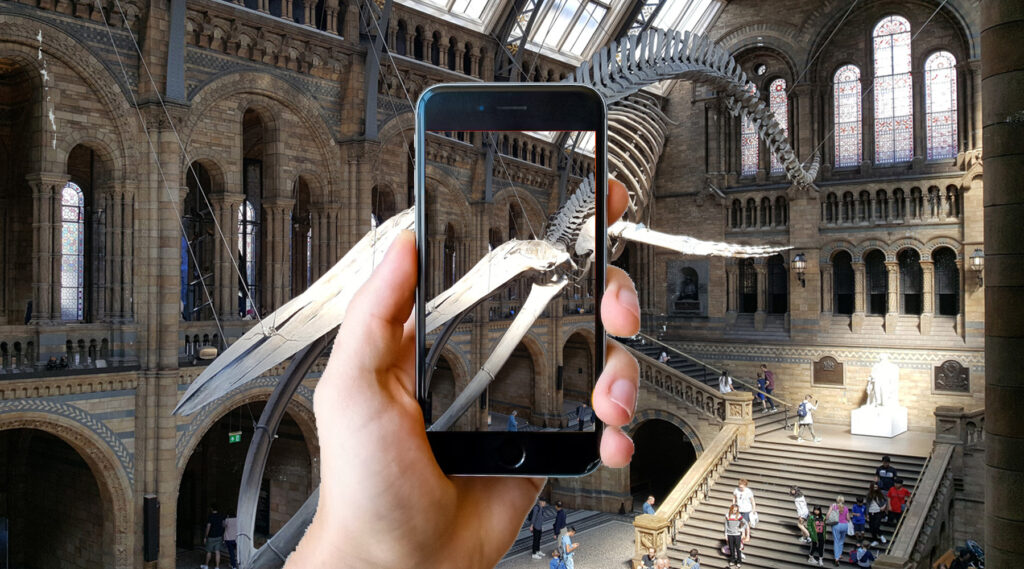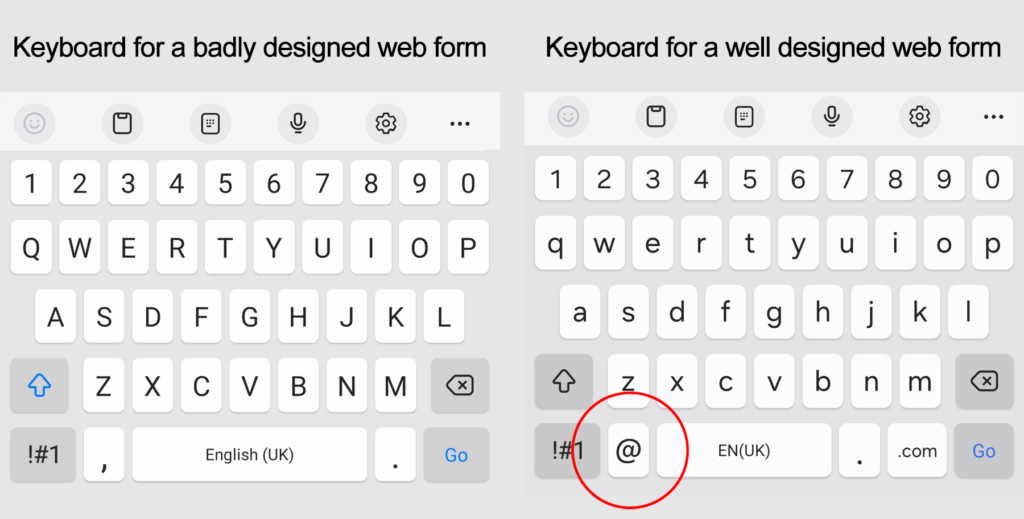It’s possible that there could be a London-wide Wi-Fi network in the future after the Mayor of London authorised research into building such a service.
It wouldn’t be a new Wi-Fi network in addition to the existing ones but aimed at creating a single London-wide login that would work on as many local Wi-Fi networks as possible. For example, if visiting South Kensington’s museums, a person might log in to the Wi-Fi network on the London Underground, then to a different one in the Natural History Museum, the Science Museum and the V&A, and so forth.
The scheme could see a single login for all four sites — and further across London.
According to a report by the telecoms regulator Ofcom, mobile users spend an average of 62% of their time connected to Wi-Fi. However, home and office Wi-Fi use also significantly affects the figure, and Wi-Fi outside the home has declined in recent years as 4G and now 5G have reached a point where they can be faster than Wi-Fi. The main constraint they face is a a lack of indoor coverage, especially in large cultural buildings where Wi-Fi is still more reliable.
Wi-Fi also tends to be free, a bonus for people who try to reduce phone bills by having limited monthly mobile data allowances.
To see if a single unified login can be created, the Mayor of London, Sadiq Khan has allocated £20,000 for a consultation with key partners in the industry.
Possible solutions include technology such as an OpenRoaming network, which could allow users to seamlessly connect to Wi-Fi networks that have adopted the technology as they travel around the city without the need for passwords or inputting additional credentials. OpenRoaming has already been trialled over smaller areas in London, including the London Stadium and Canary Wharf.
The consultation is expected to report recommendations early in the new year.
Even if a single London-wide login is not possible, there is scope to improve the Wi-Fi login experience, as I still come across registration pages that are poorly designed, even though there are long standing user experience principles in designing easy to complete forms for use on smartphones.
The most obvious example of a registration form that hasn’t been built by an experienced web form designer is when the form asks for an email address.
A good web form will force the smartphone keypad to show the @ symbol when asking for an email address, whereas a bad form won’t do that, requiring the customer to press the symbol key to get the @ button to appear.
That still grinds my teeth when I see it.









I hope they reach out to the eduroam people and learn from their mistakes. When eduroam works, it rocks. But onboarding a device can be a right pain in the rear.
Isn’t this what Hotspot 2.0 / Passpoint is for?
Isn’t this something that was achieved somewhat successfully by TfL on the Underground over a decade ago? (I’d argue their implementation of a single SSID across multiple stations was better for User Experience than what is described in this article)
A bad registration page to login is surely one that asks you register in the first place. Why is that necessary at all?
Something free for tourists would be good, perhaps with some usage limitations. Londoners get a higher limit.
And make it integrate with the phone networks, so those on EE etc. don’t need to login at all for unrestricted usage.
No idea why they ask for emails, surely everyone lies.
This would have been useful 20 years ago, but Khan is constantly behind the times. Public WiFi is a hassle, much better to ensure the 5g network is fit for purpose, and use indoor small cells in public spaces if necessary. Regardless, I think Khan has bigger issues to be dealing with that throwing 20k on a consultation that frankly won’t be worth the paper its written on.
I’m not a conspiracy theorist but they reason this is being looked into is for tracking. Even with wifi/location turned off, most phones scan local wifi signals in order to ascertain its location. Various methods are used to geolocate wifi points including self-reporting, google street view, and feeback from phones/devices.
This is already being done on the tube.
You’re right that there is a lot to be learned by tracking devices across the whole of London and that this is already being done on the tube. On the tube it is being done anonymously though and there’s no way of working out who it is that’s moving around the network. I seem to remember London Zoo were doing something similar to understand how people move around the site.